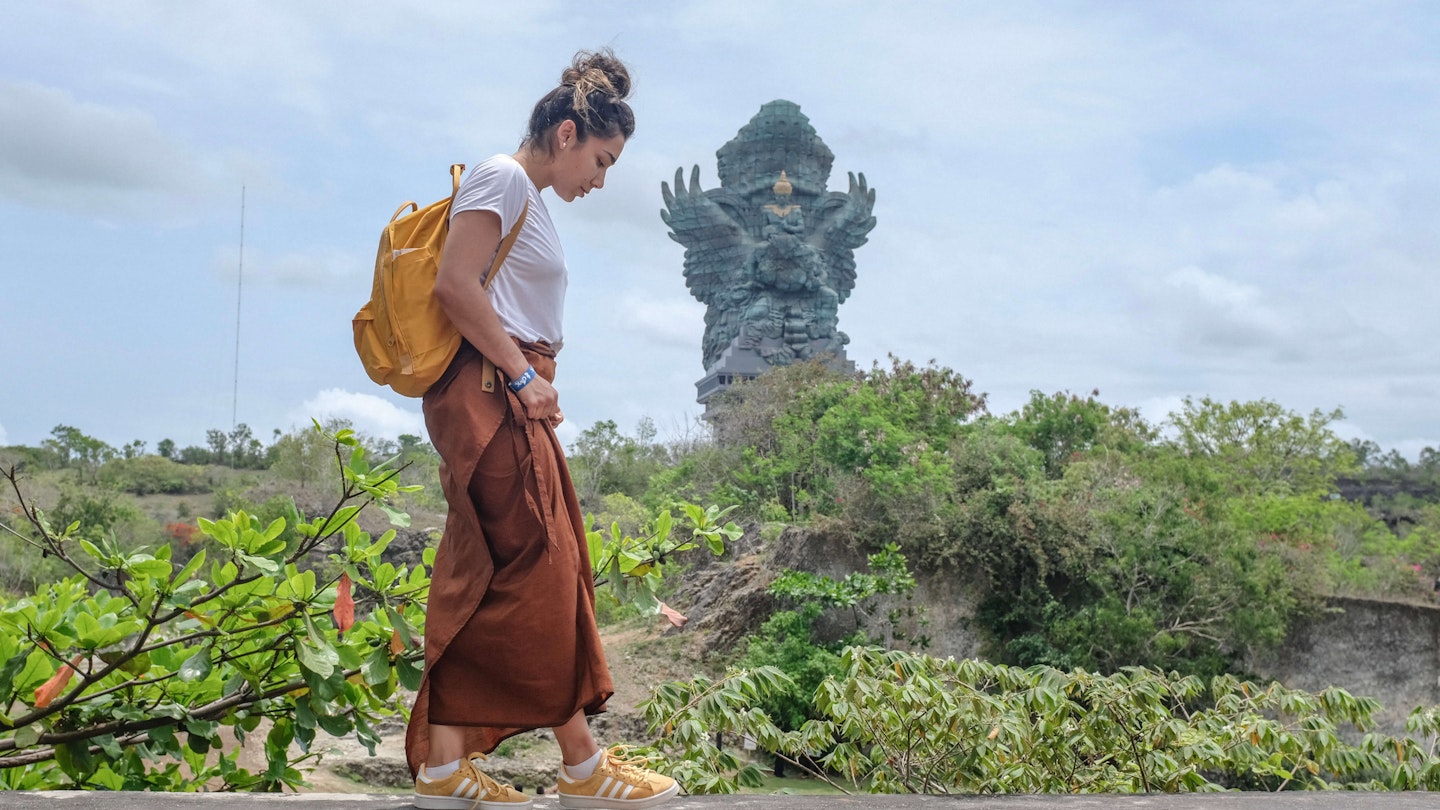Budget Travel Tips for Indonesia
With a million rupiah currently equal to around US$65, you’ll feel like a millionaire as soon as you arrive in Indonesia.
If beach-bumming is your style, budgeting around a million rupiah a week should suffice. Alternatively, indulge in luxurious five-star hotels at significantly lower prices compared to Western rates.
This guide outlines daily costs, money-saving strategies, and valuable tips to help you budget for your Indonesian adventure.
Daily Costs
-
Local coffee in a streetside warung (stall): $1
-
Cappuccino in a fancy cafe: $2.50
-
A hearty plate of fried rice/noodles: $1
-
The same meal in a tourist venue: $4
-
Cocktail at a happy-hour beach bar: $5
-
Beer in a hotel bar: $3
-
Glass of house wine at a resort: $6 (sometimes up to $25!)
-
1.5L (50oz) bottle of water: $0.25
-
Surfboard rental: $3.50 per session
-
90-minute yoga class: $10
1. Take your Pick from Thousands of Islands
While Bali is notably more expensive than neighboring islands such as Java and Sumatra, the competition for tourist dollars means affordable options abound. For instance, two people can easily live on around $20 a day in Bali, covering private accommodations, meals, and scooter rentals.
As you venture to lesser-known islands, you’ll find that the cost of living generally decreases. However, remote areas like the Alor archipelago may incur higher prices due to transport costs for goods and services.
2. Choose the Cheapest Time to Go
The period between October and April is the rainy season in Bali and central Indonesia, making it the most affordable time to travel. While the rains can be heavy, they often arrive in short bursts, leaving room for sunny days. Travelers should avoid the Christmas holiday season when prices spike.
3. Find an Inexpensive Flight
Stay updated on budget flights to Jakarta or Bali by signing up for flight alerts. Within Indonesia, national airlines link major islands, with one-way fares from Jakarta to Bali starting at approximately $40.
4. Book the Best-Value Accommodations
While early bookings are common, consider reserving just the first night or two. Often, exceptional deals can be found by asking locals in popular areas. Renting a long-term bungalow or villa could save you more than daily hotel rates.
5. Car and Scooter Hire is Inexpensive
Many travelers prefer renting a scooter or car, as public transport can be unpredictable. For safety, consider upgrading to a car rental, costing around $15 per day. Fuel prices are low in Indonesia, making self-driving an economical option.
6. Use Taxicab Apps for Local Rates
Utilizing apps such as Grab simplifies transportation, allowing you to bypass haggling for prices. These apps provide an accurate fare, providing peace of mind while navigating local routes.
7. Ferries, Buses, and Trains are Affordable but Time-Consuming
Ferries and buses offer economical travel between islands; however, they can also take considerable time. For instance, a ferry from Labuan Bajo to Bali may cost less than $20 but requires a 33-hour journey.
8. Eat Local to Eat Cheap
Despite a narrower culinary scene compared to its neighbors, Indonesia offers hearty local dishes at attractive prices. A typical meal like nasi goreng (fried rice) can often be found for under $1.
9. Stay Off the Booze
Avoiding alcohol is a straightforward way to manage expenses. Local beer typically costs around $2, while wine and spirits can be significantly pricier, especially at bars.
10. Haggling is Part of the Culture
In Indonesia, haggling is not merely accepted but expected. A friendly smile and genuine effort can turn shopping into a rewarding interaction with locals.




